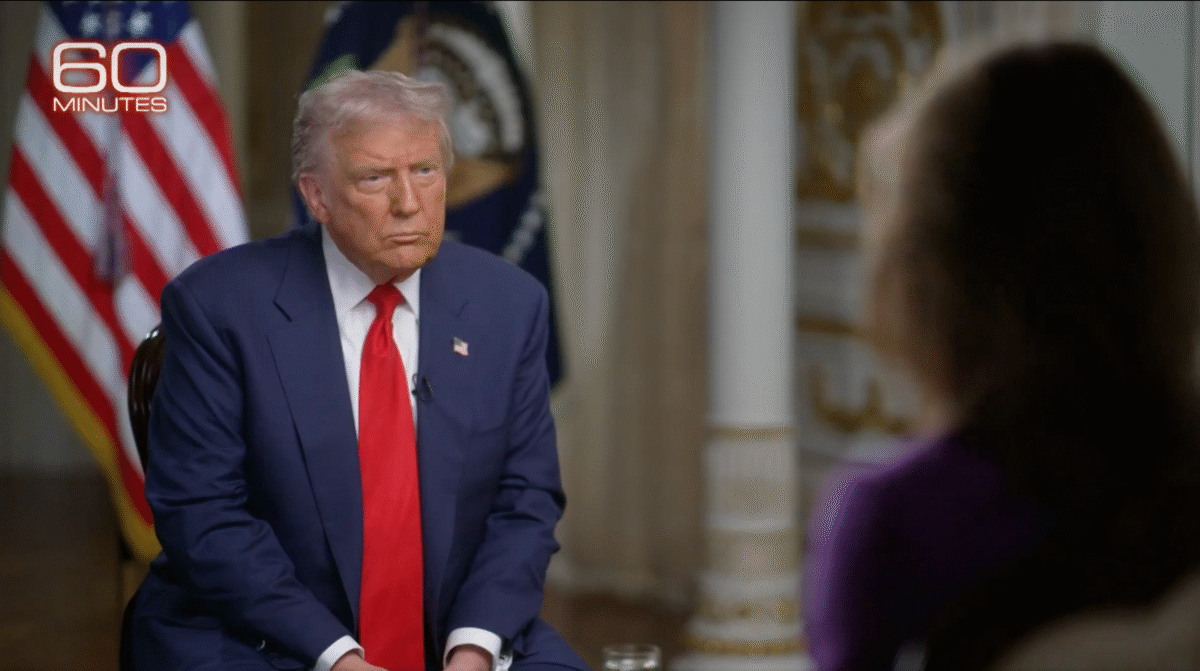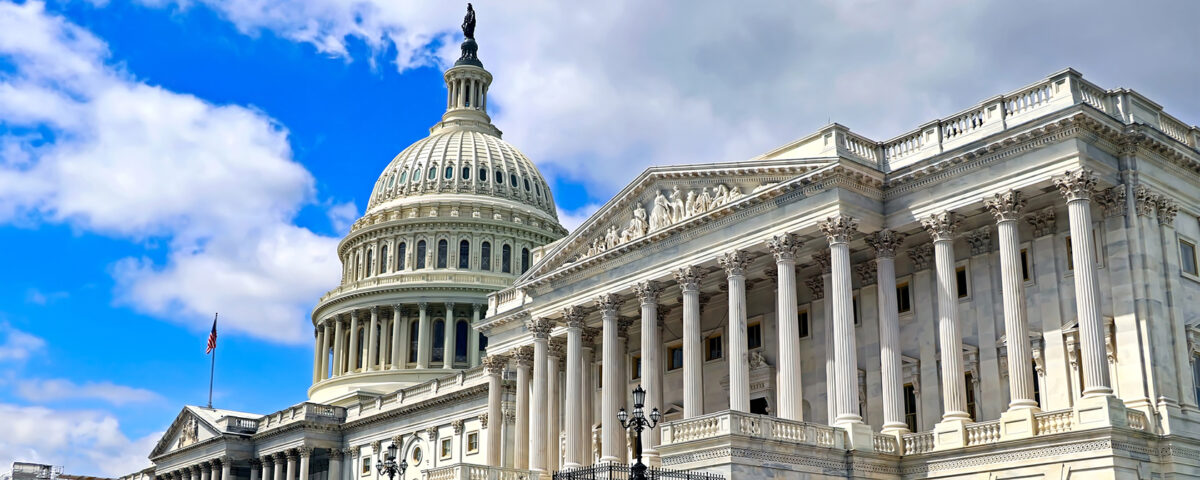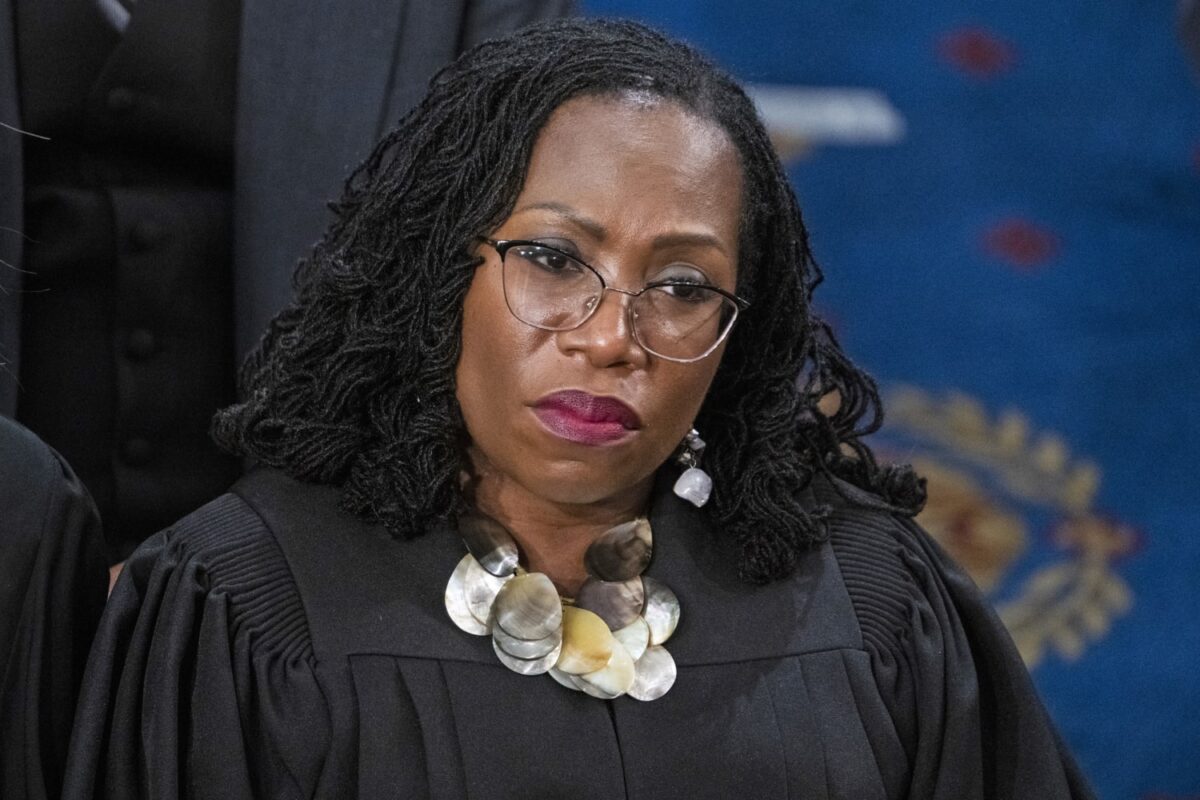Chaos in the skies: U.S. government shutdown triggers nationwide flight delays and growing safety fears

Chaos in the skies: U.S. government shutdown triggers nationwide flight delays and growing safety fears
As the federal government shutdown stretches into its second month, frustration is mounting across U.S. airports, with travelers facing extensive delays, cancellations, and growing uncertainty about air safety. San Francisco International Airport (SFO) is among the hardest hit, recording over a hundred delayed flights by Monday evening—an escalation of a crisis rippling through the nation’s aviation system.
According to FlightAware data, SFO logged 112 delayed flights and one cancellation on Monday, following 272 delays on Sunday and nearly 180 on Saturday. Nationwide, more than 5,000 flights were delayed over the weekend, while nearly 3,000 faced disruptions by Monday evening. For passengers, long security lines, anxious waits, and disrupted travel plans have become the new normal.
Air Traffic Control Under Pressure
At the heart of the crisis lies a critical shortage of air traffic controllers, many of whom continue working without pay as “essential employees.” The Federal Aviation Administration (FAA) has confirmed that nearly half of its major control centers are operating below recommended staffing levels, forcing the government to slow down air traffic intentionally to preserve safety.
Transportation Secretary Sean Duffy described the situation as increasingly fragile.
“We will delay or cancel any flight necessary to ensure safety,” Duffy told ABC News. “There’s risk when a controller is doing two jobs instead of one.”
Duffy warned that if the shutdown continues, air travel could soon grind to a halt. “If the government doesn’t reopen soon,” he added, “we’ll look back at these as the good days.”
TSA and FAA Workers Face Financial Strain
Tens of thousands of Transportation Security Administration (TSA) officers and air traffic controllers continue to show up for duty despite not being paid. But many have begun skipping shifts or seeking second jobs to survive, a situation that experts warn could worsen safety risks.
Nick Daniels, President of the National Air Traffic Controllers Association, expressed concern that worker fatigue and financial distress could lead to mistakes.
“Every day this continues, tomorrow becomes less safe than today,” Daniels said. “We’re supposed to be 100% focused. But how do you do that when you’re wondering how to pay rent?”
Travel Industry Sounds the Alarm
The U.S. Travel Association, supported by over 500 companies including Hilton and MGM Resorts, has urged Congress to end the shutdown before the busy Thanksgiving rush. In an open letter, the group described reopening the government as “the fastest way to restore confidence and restart travel.”
“Air travel’s number one priority is safety,” said Geoff Freeman, CEO of the association. “But travelers are paying the price for political gridlock—through delays, cancellations, and lost confidence.”
The association estimates that 3.2 million passengers have faced disruptions, while the Congressional Budget Office places the economic cost of the shutdown between $7 billion and $14 billion so far.
Passengers Frustrated, Safety Under Scrutiny
At airports across the country—from Houston’s Bush Intercontinental to Newark and Denver—passengers are enduring long lines, missed connections, and hours of waiting. Houston officials have even warned travelers to arrive three hours early, citing severe TSA staffing shortages.
Despite the mounting chaos, experts maintain that flying remains safe for now.
“Controllers are recognizing their limits,” said Mike McCormick, assistant professor of Air Traffic Management at Embry-Riddle University. “If they can’t focus, they’re calling out sick, and that’s actually helping maintain safety.”
However, the situation is becoming untenable. Former TSA director Keith Jeffries warned of a “domino effect” if the shutdown continues. “Flying is safe,” he said, “but when front-line employees are worried about their next bill, it’s hard to stay fully focused on security.”
Political Standoff Deepens
At the White House, partisan tensions are inflaming the situation. Administration officials blamed Democrats for “political games” preventing a funding agreement, while Senate Majority Leader Chuck Schumer reiterated that Democrats won’t approve a temporary funding bill without an extension of Affordable Care Act subsidies.
Until that happens, travelers remain stuck in limbo—grounded by a political standoff far removed from the departure gates.
FAQs
1. Why are so many flights delayed right now?
Due to the federal government shutdown, air traffic control and TSA are severely understaffed, forcing flight delays for safety reasons.
2. Are flights still safe during the shutdown?
Yes. Safety remains the top priority. However, experts warn that prolonged stress and worker shortages may increase operational risks.
3. How long could these delays last?
If the government doesn’t reopen soon, officials warn delays and cancellations could worsen—especially during the holiday season.
4. What can travelers do to minimize disruptions?
Arrive early, check flight updates frequently, and consider flexible travel dates to avoid peak congestion.




